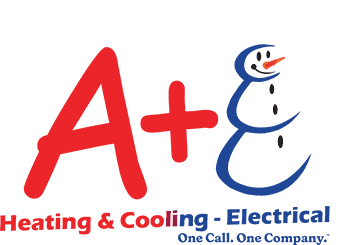The installation of a standby generator provides home and business owners throughout the Ocean Isle Beach area with peace of mind. If the power goes out, you have a trusted backup source to power your home or business through the outage for safety and productivity. To ensure your new whole house generator is able to provide the power you need, certain factors must be considered before you purchase equipment and have your generator installation completed.
1. How Much Power Do You Need?
Whole house generators come in various kilowatt (kW) capacities, including 11kw, 16kw, and 22kw. To determine which size is right for your home or business, you must first determine how much electrical power will be needed in the event of a power outage. In other words, you need to identify the critical systems that must continue to run should your electrical power go out.
- One strategy for generator installation is to power just the home or building’s essentials during an outage. This means your standby generator needs to have the capacity to power systems such as your HVAC unit, security system, refrigerator, and essential home medical equipment. In this case, a partial home generator should be sufficient at 11kw or 16kw, depending on your needs.
- If you want the ability to power your entire home or business, a whole home generator installation at 22kw is your best choice. You’ll be able to power the essentials as well as what is needed for better comfort, such as lighting and entertainment.
2. Which Type of Transfer Switch Is Best?
A whole house generator installation doesn’t just include the generator itself – a transfer switch is also necessary. The transfer switch turns on the standby generator as needed. A manual transfer switch can be installed, which means you have to start up the generator yourself once you notice the power has gone out. In the middle of a storm, this isn’t always convenient – most prefer an automatic transfer switch for their generator installation.
An automatic transfer switch constantly monitors the home’s electrical supply. Once an outage is detected, it immediately starts the generator to take over as the home’s source of power. It’s important that your automatic transfer switch be the appropriate amperage for your home’s electrical panel, so work with a licensed electrician who can make sure your switch is the perfect fit.
3. What Maintenance is Needed?
Many homeowners only think about their generators during a storm or power outage. However, generator installation requires regular care to ensure it performs properly when needed. Follow these essential rules to keep your generator in top shape.
- Standby generators should be professionally serviced after 24 to 48 hours of around-the-clock usage.
- A professional oil change and filter replacement are needed after approximately 10 days of use.
In addition to maintenance, practice proper usage of your whole home generator as the system runs to ensure equipment stays in good shape. It’s recommended that you use no more than 75 to 80 percent of the generator’s capacity. Also, check engine oil levels daily as the system is in use and top it off in small amounts as needed.
Schedule Generator Installation Today
Prepare your Ocean Isle Beach home or business for power outages when you schedule whole house generator installation with A+ Heating& Cooling – Electrical. Our licensed electricians help you determine which equipment will meet your needs, and we install your new generator with expert care so it’s ready to work when you need it most. Contact us today to learn more.




